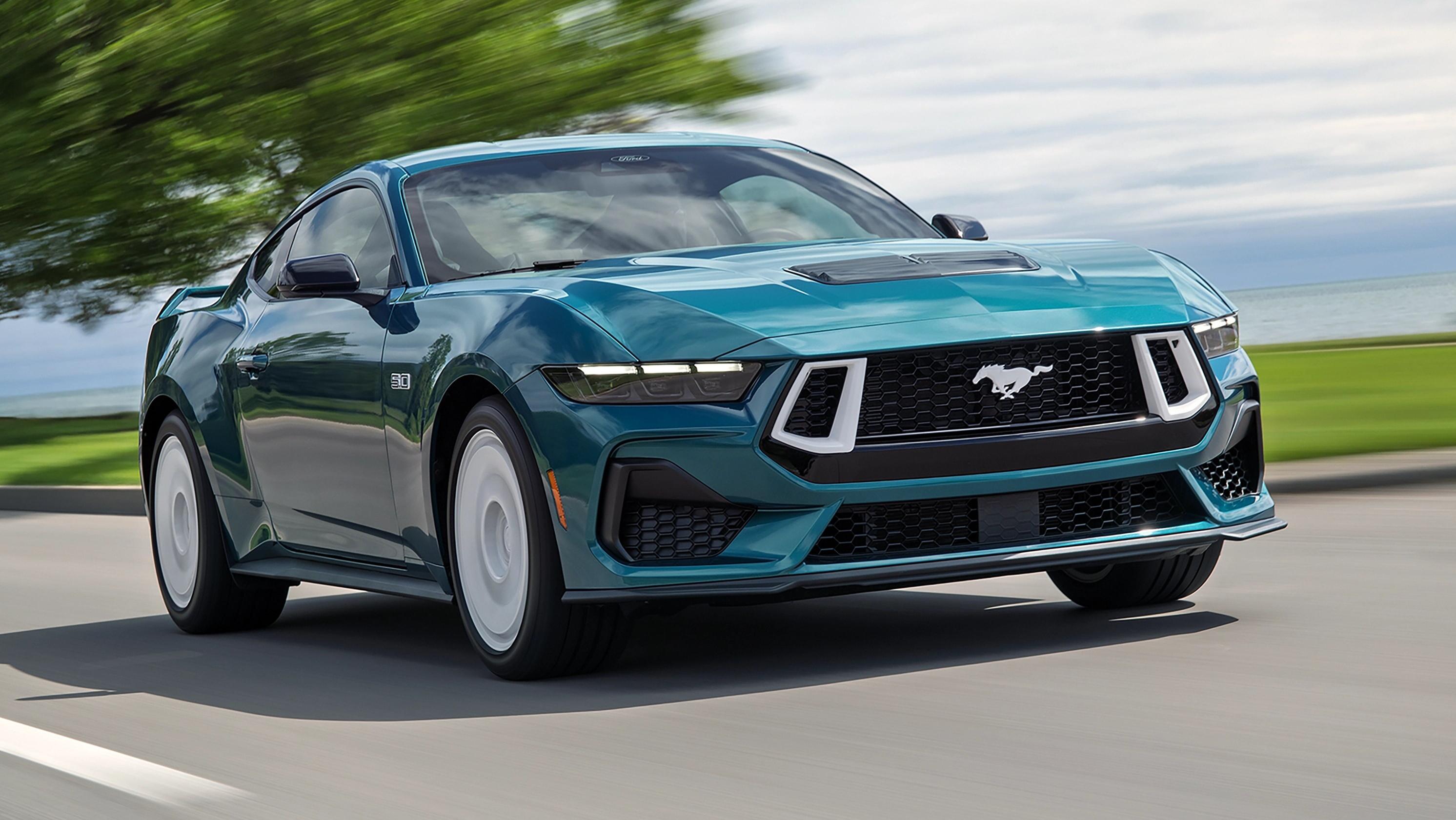Ford has recorded an expected net loss of US$36 million in Q2 2025, driven by $800 million in tariff-related costs and one-time charges, even as revenue climbed 5% to $50.2 billion year-over-year.
The significant drop in earnings was due to mounting trade barriers in the automotive sector, offsetting gains from higher wholesale prices and strong demand for commercial vehicles.
Adjusted earnings per share (EPS) stood at $0.37, exceeding analyst expectations of $0.33, but declining from $0.47 in the prior year.
Segment performance varied significantly:
- Ford Pro delivered $18.8 billion in revenue, up 11%, though EBIT fell to $2.3 billion amid cost pressures.
- Ford Model e, the electric vehicle division, reported a second-quarter loss of $1.33 billion, widening from a $1.15 billion loss in the same period last year.
- Ford Blue, focused on traditional vehicles, posted a 3% drop in revenue and reported EBIT of $661 million, down from $1.17 billion a year earlier.
The company reinstated full-year guidance, projecting adjusted EBIT of $6.5 billion to $7.5 billion, accounting for the net $2 billion tariff impact.
Ford CFO Sherry House said that the company has been in “near-daily communications” with the Trump administration and has been having “constructive conversations”, with steel and aluminum tariffs as the focus.
Elsewhere, U.S. EV sales grew 7% in Q2, but adoption slowed due to infrastructure gaps and pricing wars.
Tesla maintains 46% of America's EV market share, though its sales dipped 10% year-over-year, allowing General Motors to double volumes and capture ground.
Ford's EV sales declined overall amid recalls, contrasting GM's gains and Rivian's premium focus, as the electric pickup segment remains unprofitable for all players.
Ford's shares dipped 2% in after-hours trading following the release, positioning the company behind Tesla in EV dominance but ahead in commercial software subscriptions, which grew 24% to 757,000.



